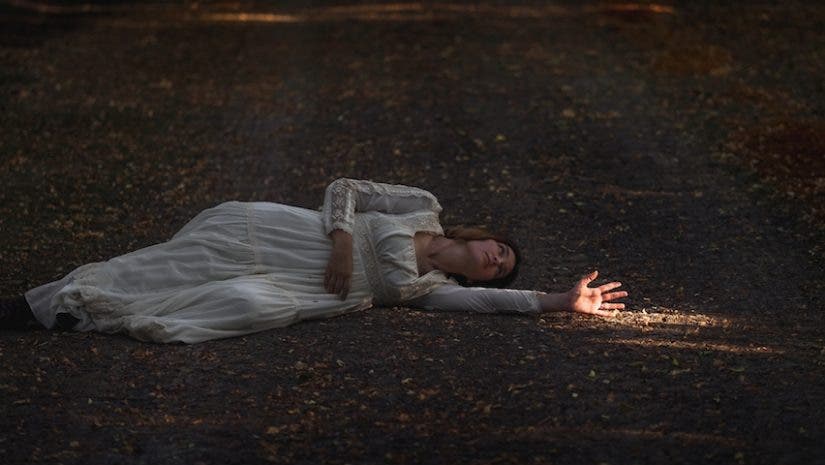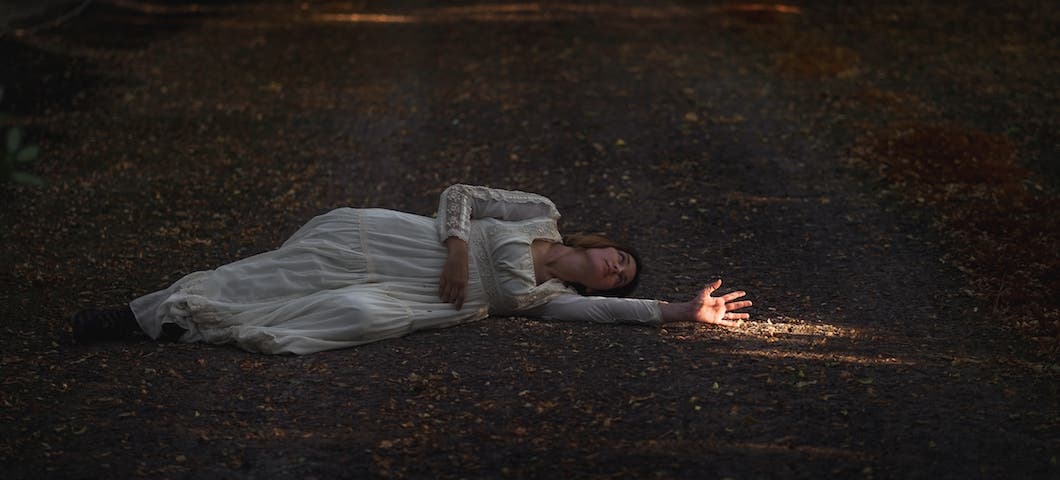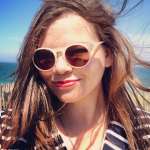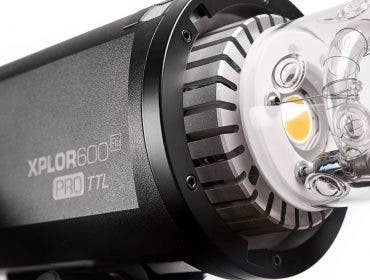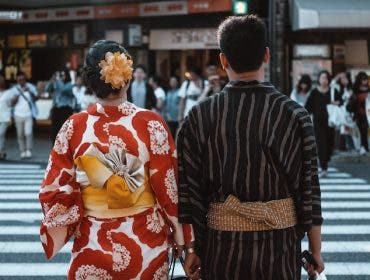Do you remember when you joined Instagram?
For many who have made communities or careers from their interactions in the photo-sharing app, it’s been years of activity and effort. The simpler, lo-res days of deciding between “Earlybird” or “Sutro” may be foggy and feel firmly in the past. But for Sacramento-based photographer Kathryn Dyer, her initial foray into Instagram happened to coincide with a major turning point in her life: a diagnosis of breast cancer.
Throughout her treatment, Dyer leaned on the continual inspiration she received from the well of creativity that is Instagram, and her husband, Karl Zoltan, bought a camera for them to share. They escaped into nature for photo sessions, and she found her passion for photography in the midst of what was truly a struggle for life or death. She is now both a cancer survivor and professional photographer.
Adorama checked in with Dyer to find out how she persisted and developed her photography skills in spite of undergoing a physical and mental challenge for survival.
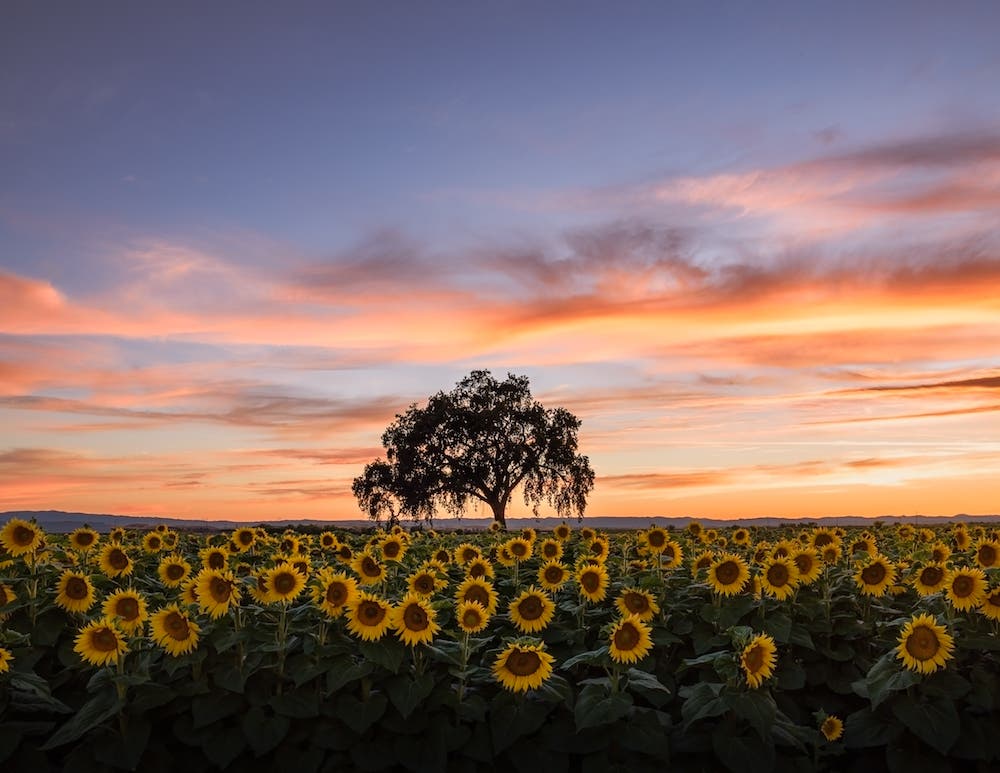

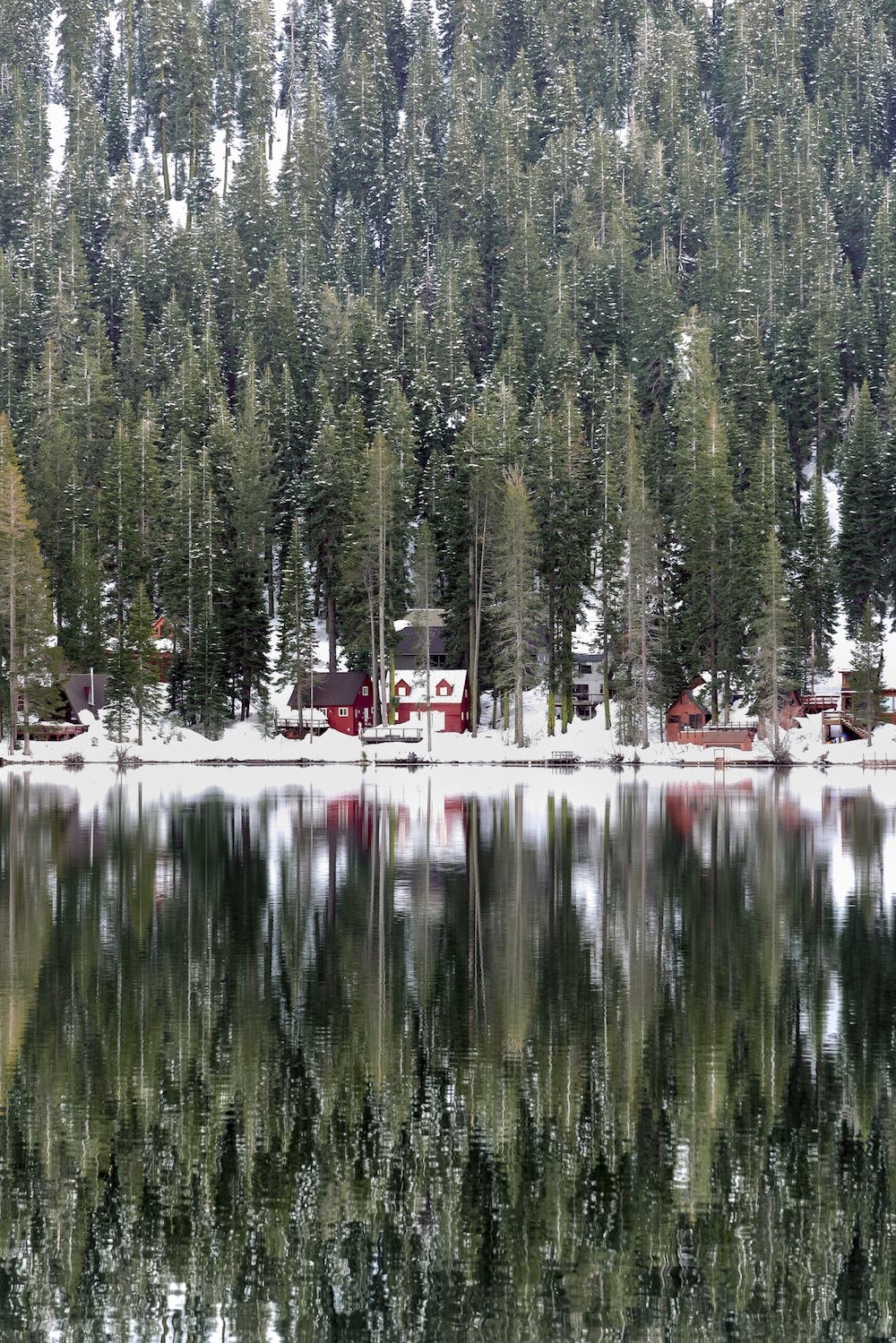
Adorama: First things first. What is your gear setup and your usual editing workflow?
Dyer: I currently shoot on a Sony a7R III with the Sony FE 24-70mm f/2.8 GM. I also love adapting vintage lenses to my Sony and try to always keep my Sony Cyber-shot DSC-RX100 V on me for those unexpected shots. Occasionally I send up a DJI Mavic Pro drone for shots, but I tend to shoot handheld or utilizing a Manfrotto tripod. I carry all of my gear in Lowepro bags, and love their Flipside series.
As for editing, I tend to be a perfectionist. I load my photos into Adobe Lightroom and will do minor adjustments there. I usually then move into PhotoShop to clean up anything else that needs it. Sometimes I will literally walk away from an image, to come back in an hour with fresh eyes. Once the image is complete I will send it to my phone and occasionally do further adjustments in Snapseed before posting to social media.

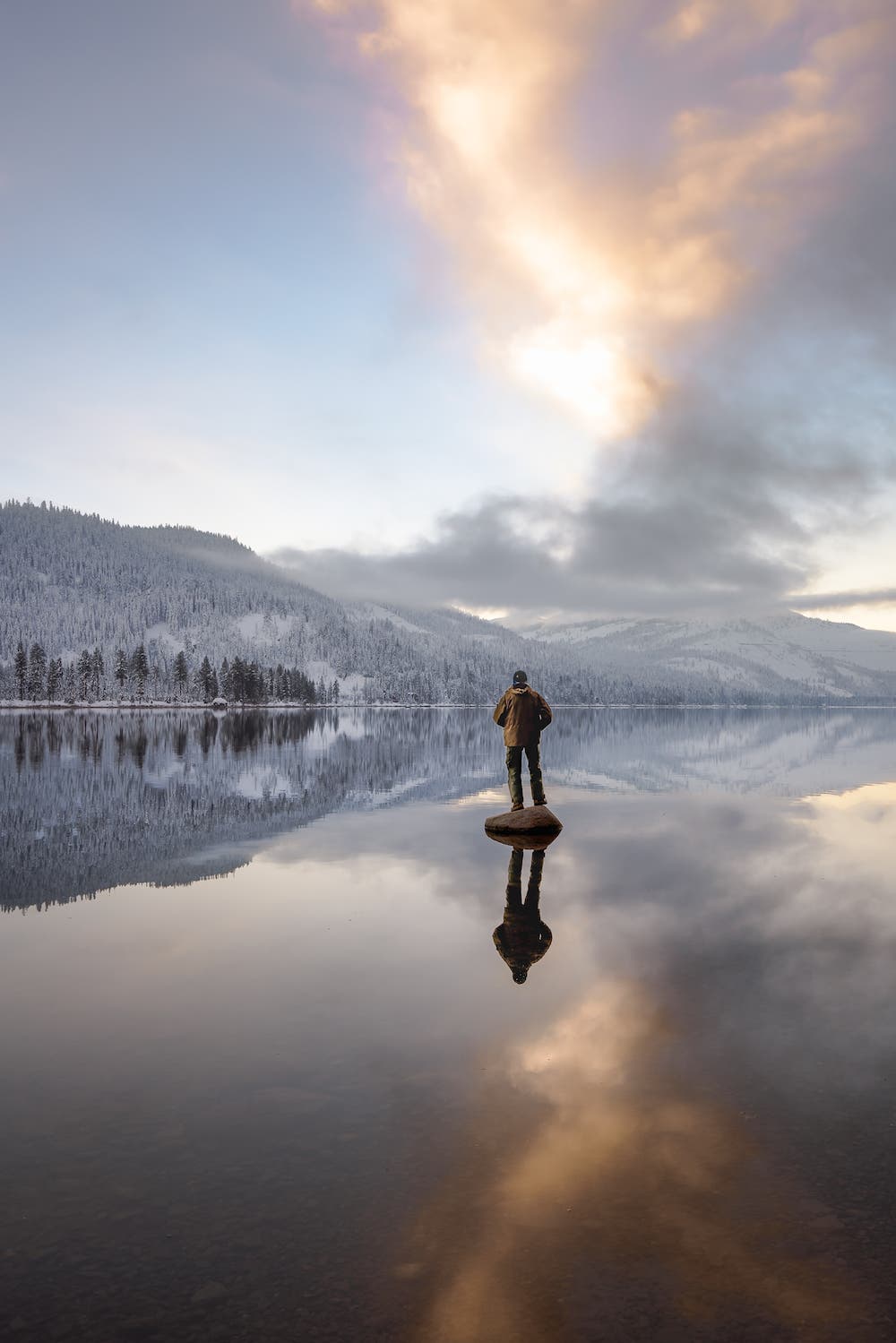

“I tend to shoot nature because it heals me, grounds me, and reminds me of how precious life is.”
Adorama: What would you consider to be elements of your signature style?
Dyer: I tend to shoot nature because it heals me, grounds me, and reminds me of how precious life is. I also love a good, low angle and as a result have a lot of triangle shapes in my gallery, but this isn’t intentional.
Adorama: Was there a moment you remember first falling in love with photography?
Dyer: When I was about thirteen I would hang a white sheet across our dining room as a backdrop and would pose my friends in vintage hats and clothing. I was very lucky to have such an understanding mom. These photos were shot on film or Polaroid, and I just loved waiting to see what we had created.
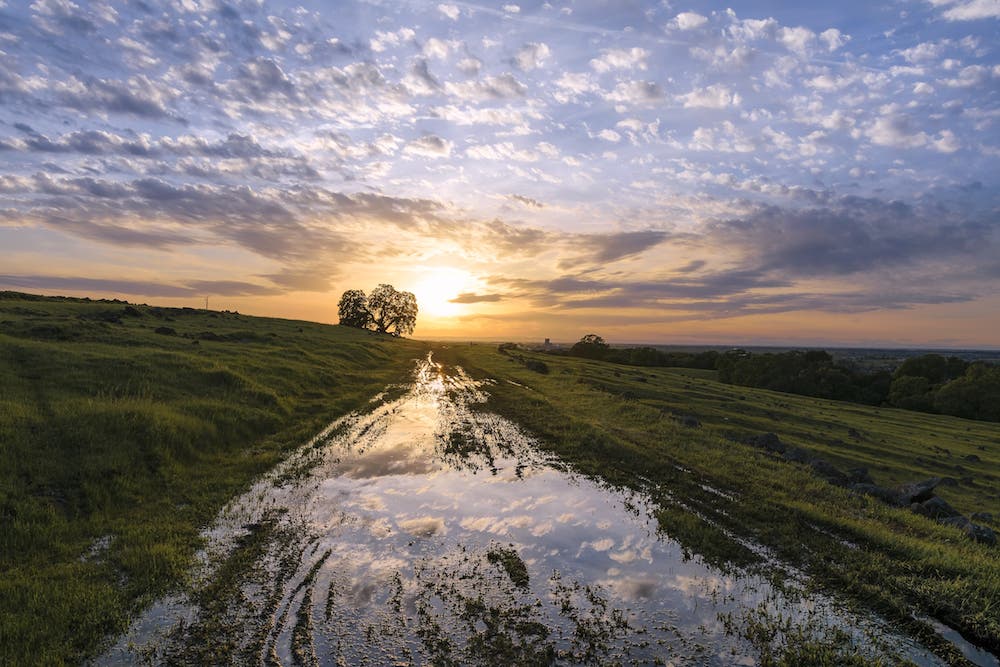
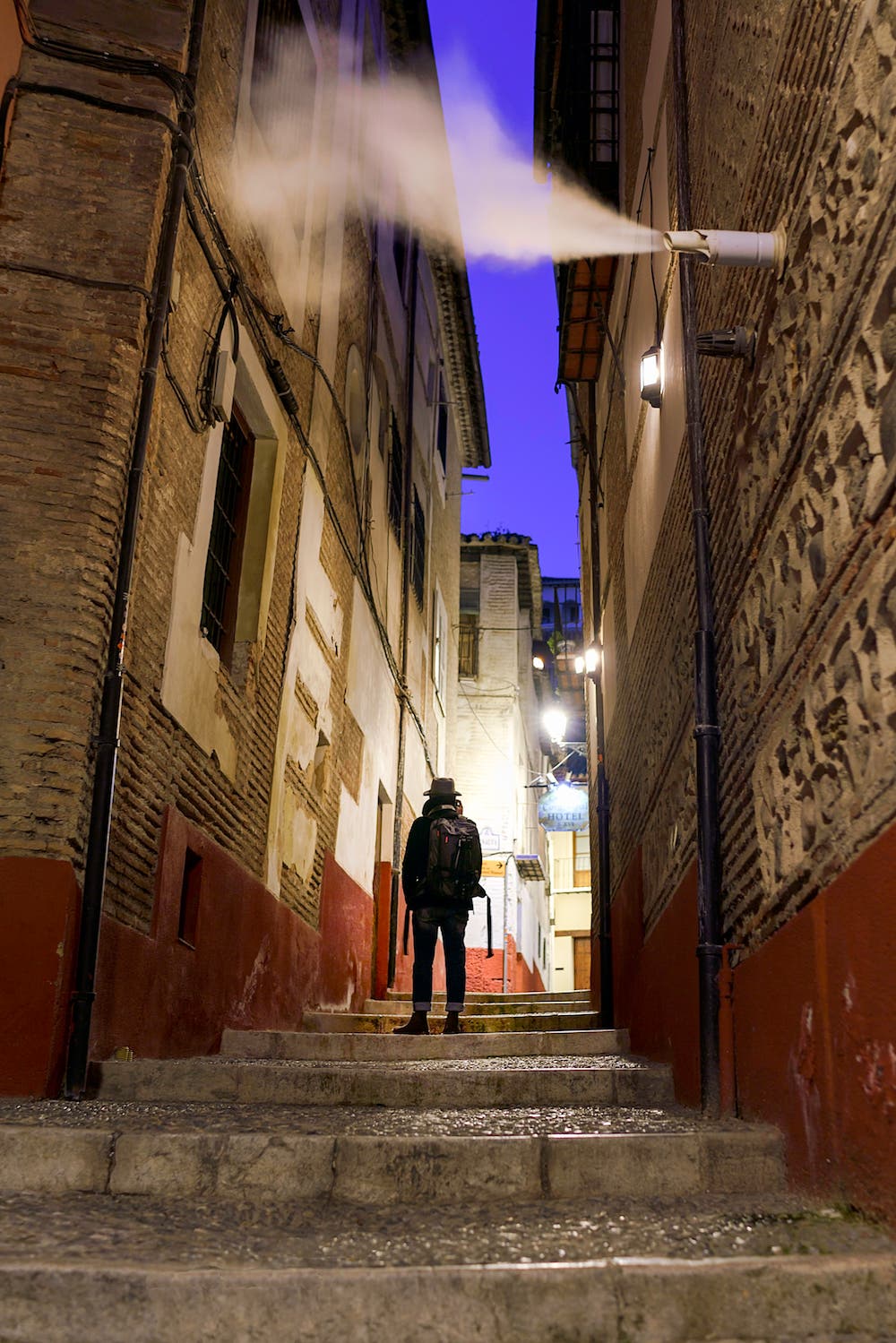
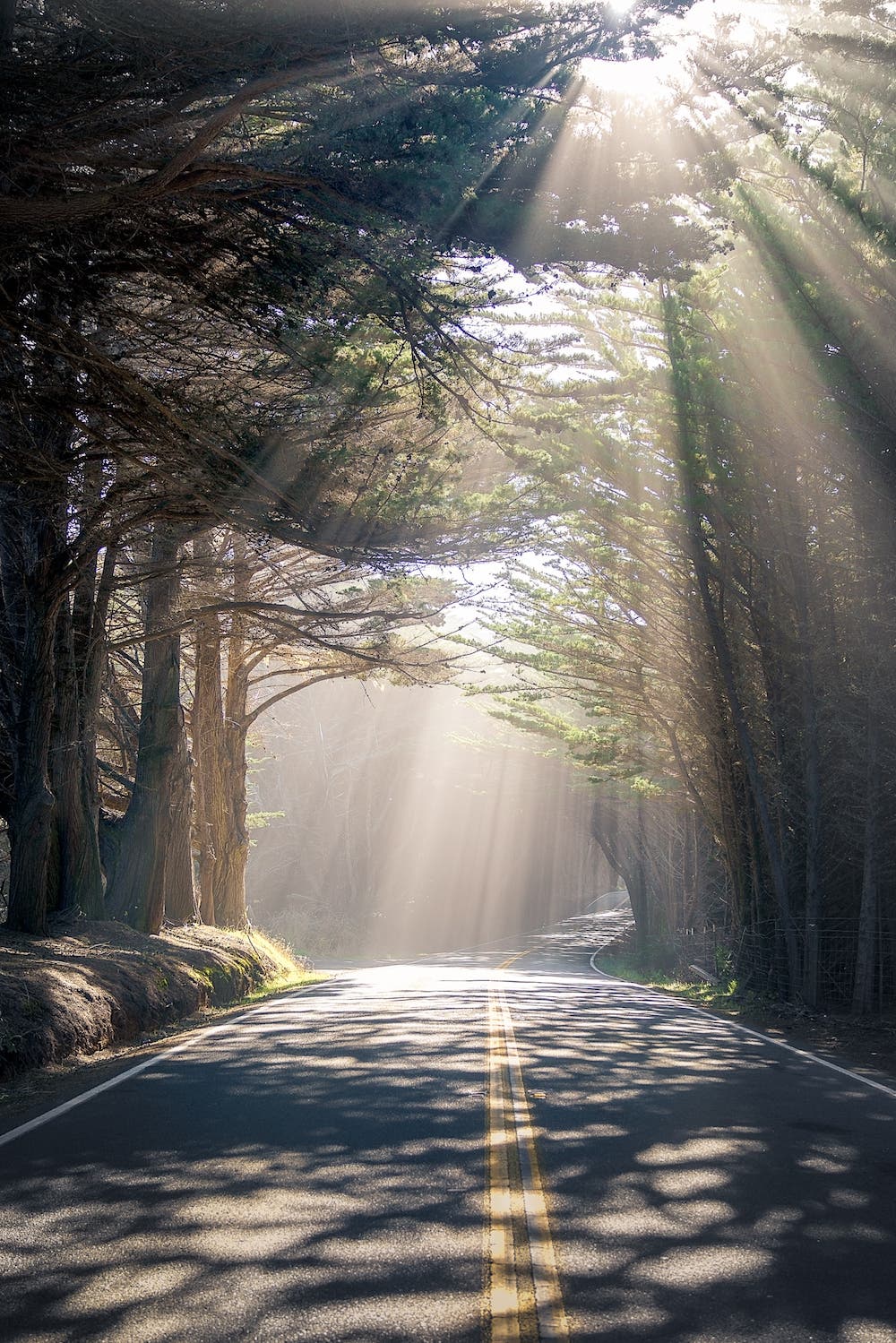
Adorama: How do you make a living right now, and how big a role does your photography play?
Dyer: I’m lucky to be married to my soulmate, @karlzoltan. We have always tried to take turns picking up the slack where needed. When I got cancer and couldn’t work, Karl took care of us. He is my rock.
Adorama: What photographers (or artists, musicians, or writers) do you note as influences or inspiration for your work?
Dyer: My biggest inspiration is my husband, @karlzoltan, because he sees so much beauty in this world and that helped me when things seemed dark. I admire @dannpetty, a graphic designer, photographer, videographer, and a huge support for other creatives including myself. I look up to the way @brookeshaden uses her work to convey real, intense emotions. Her work is raw, real and relatable. I also look up to @oveck as an artist who finds creative ways to show real emotions. Lastly, I have followed @sklessard almost since I joined Instagram, and I admire his take on the world and his ability to find photo opportunities wherever he is. I recently started listening to @brenebrown’s talks and her inspiring words touched my heart and let me know I am enough. It’s just as important to love myself as it is to love others.
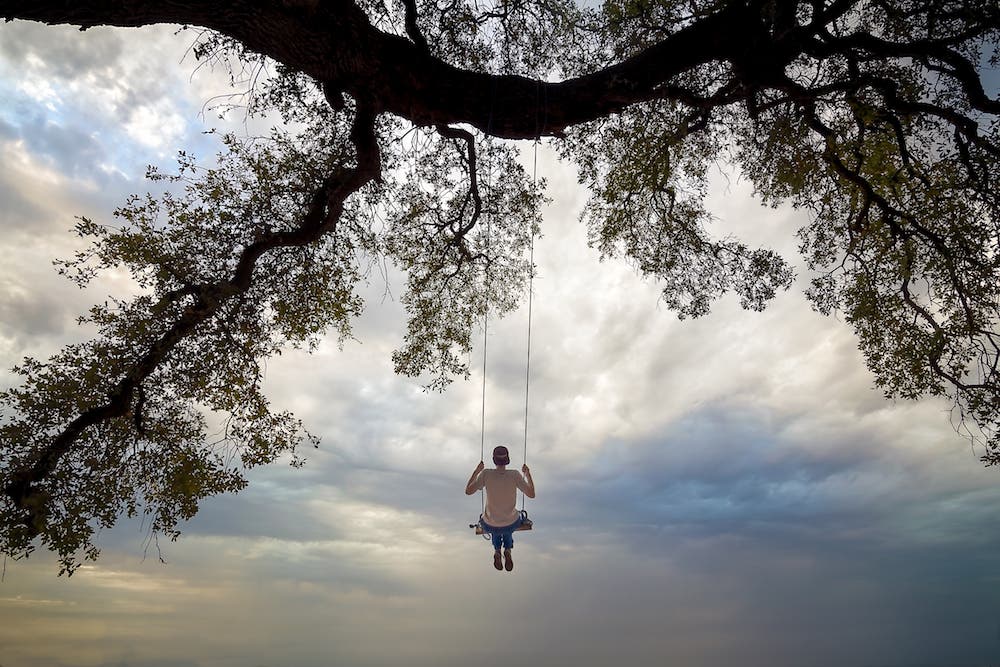
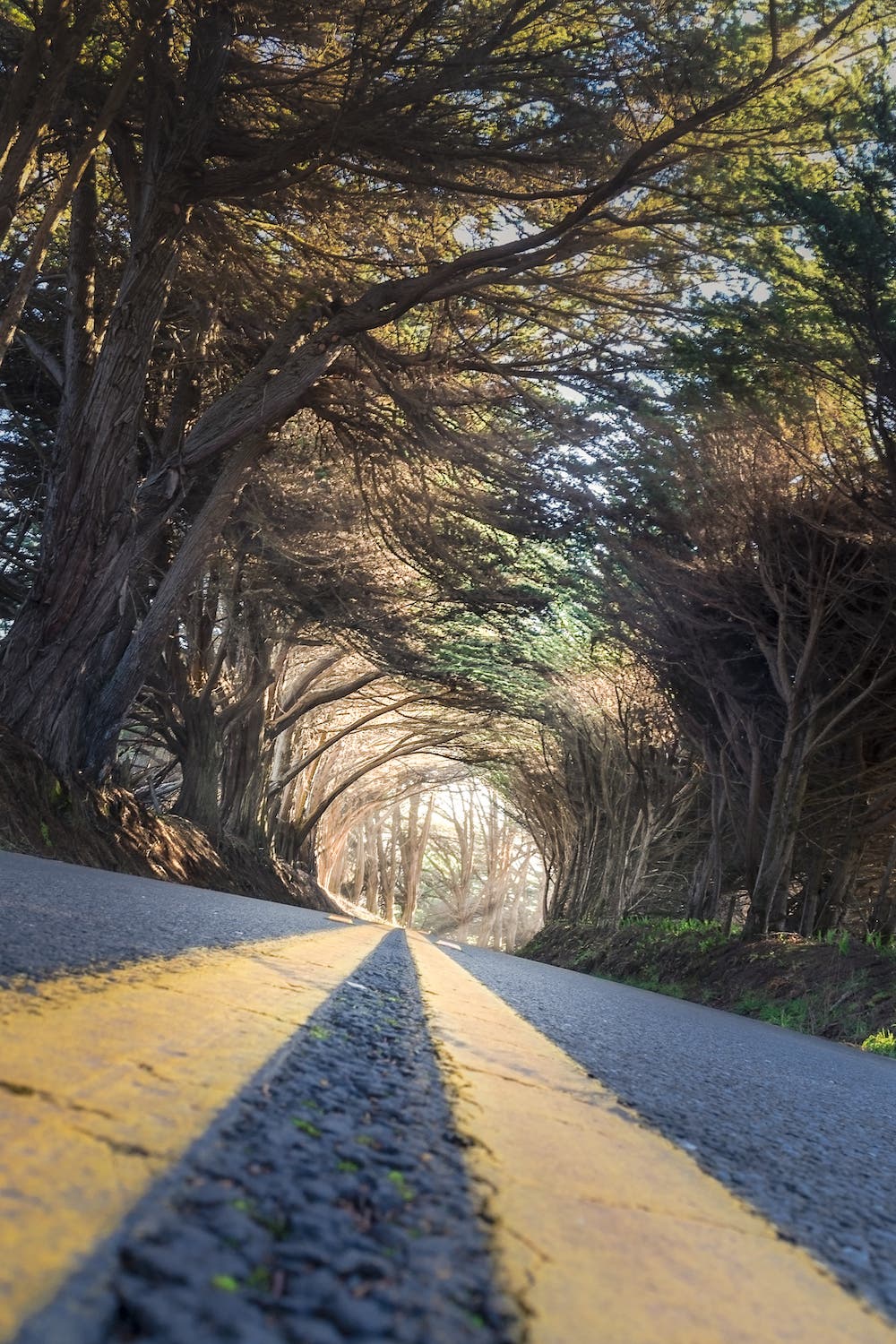

“The days I felt well enough to go out exploring we spend discovering beauty through that little viewfinder. I wanted everyone to know that, no matter what you’re going through, there is still beauty.”
Adorama: Would you say that your work has been changed by your fight with cancer? And, if so, how would you compare or contrast your before-cancer work with your work now?
Dyer: I would go a step further and say I wouldn’t have become a creator without cancer. Before cancer, I was shooting with my phone and not realizing the power of beauty and inspiration. After I started cancer treatment, my husband bought us a real camera to share. The days I felt well enough to go out exploring we spend discovering beauty through that little viewfinder. I wanted everyone to know that, no matter what you’re going through, there is still beauty.
“When you’re in a dark place mentally, it can be very hard to see the beauty, and the camera became my tool for overcoming this.”
Adorama: How did photography help you in your fight against cancer, and to regain strength in recovery?
Dyer: My treatment involved several steps including major surgery and chemotherapy. During this time I was so fatigued; it would’ve been easy to just lay down and rest (and I did sometimes), but Karl had bought us that camera and it was our reason to get up and drive to a beautiful spot. It became my reason to go out in the snow, bald. At times I was only able to take about five steps. When you’re in a dark place mentally, it can be very hard to see the beauty, and the camera became my tool for overcoming this.
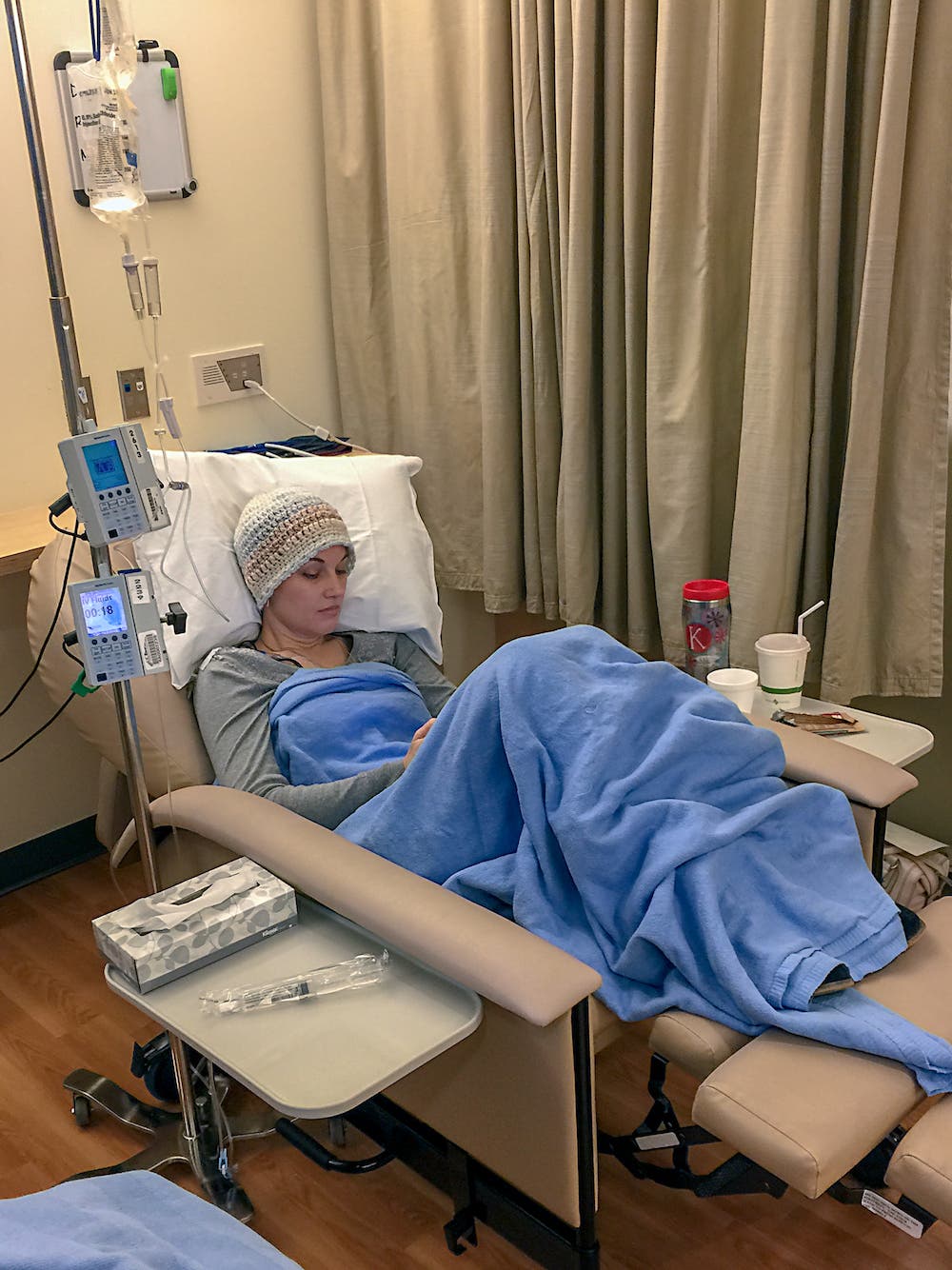
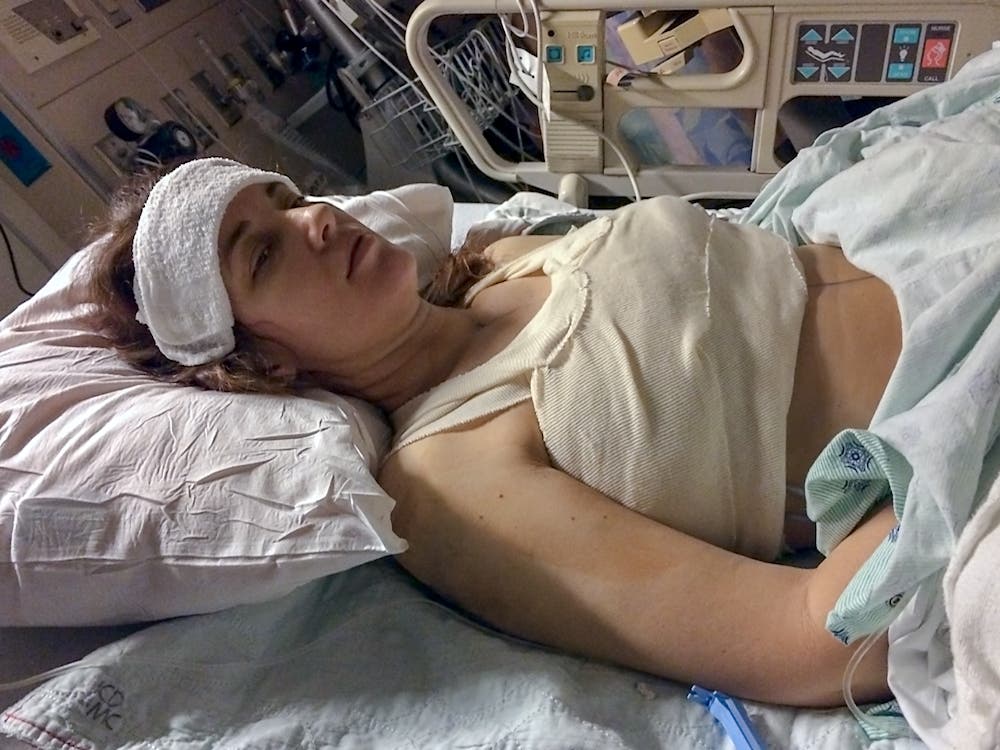
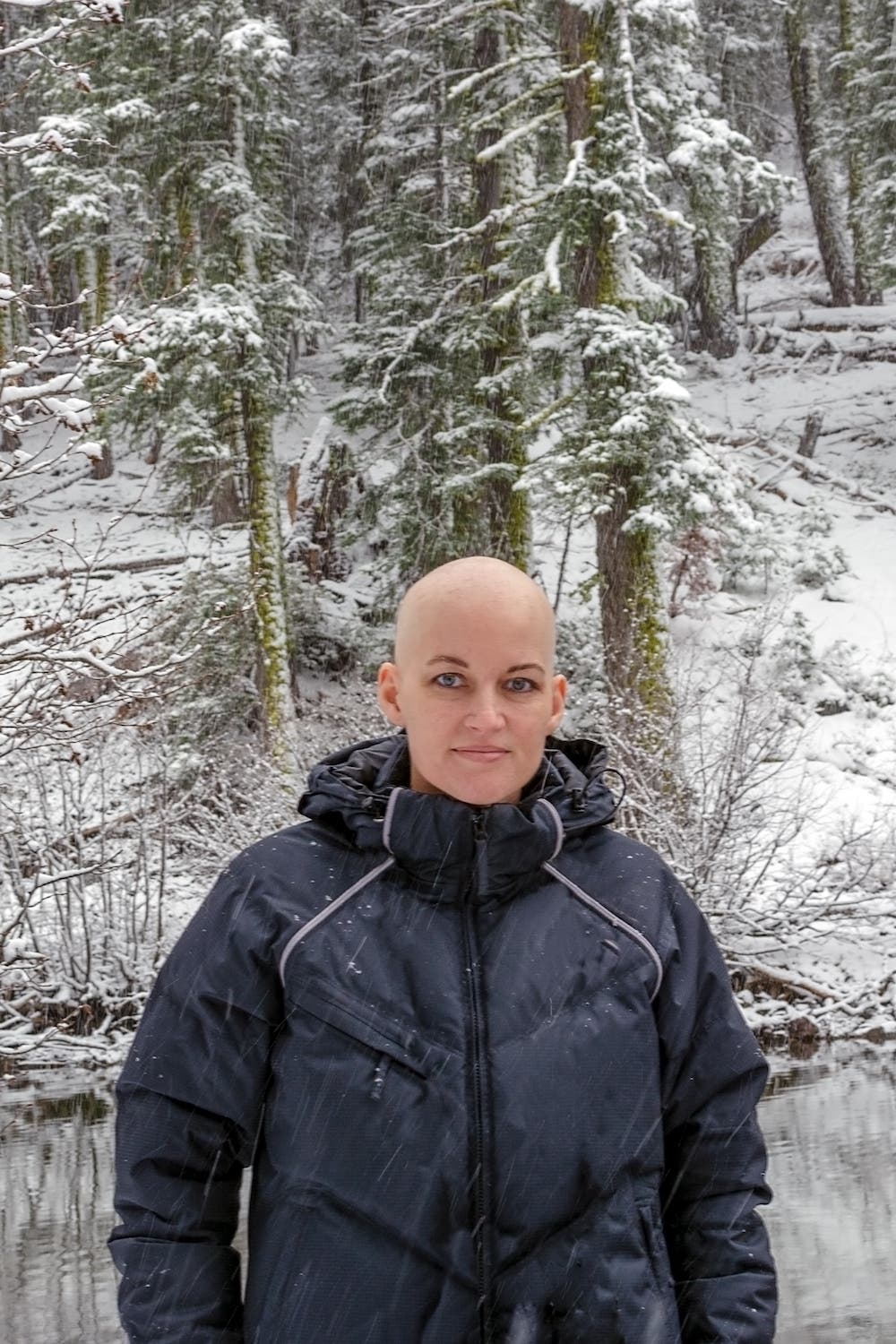
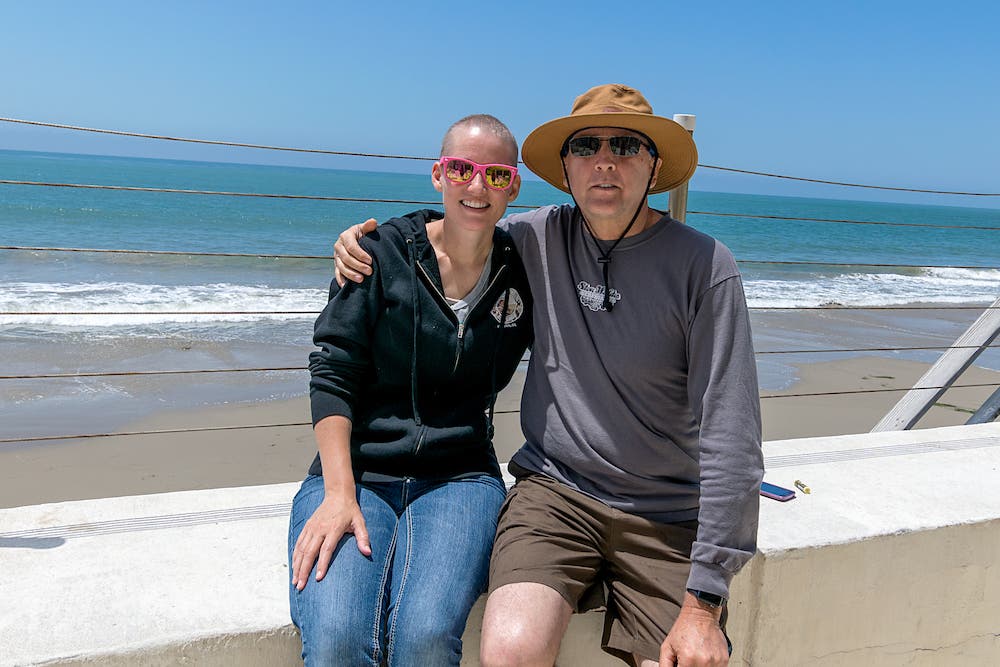
Adorama: No to be morbid but, did you create images with any thought as to the body of work you might be leaving behind?
Dyer: I’ve always created from a place of inspiration. I remember being in the hospital, barely able to lift my iPad, but scrolling through photos on Instagram for inspiration. I’d like to think my photos could provide that same inspiration to others. My main goal is to let people know they are not alone. We’re all in this together. We all have struggles.
Adorama: As a lifelong Californian and nature lover, can you share the spots you believe travelers and photographers should absolutely seek out in your home state?
Dyer: One of my favorite spots is Fort Bragg, California. They have a beautiful sea-glass beach, lots of deer and elk, a gorgeous coastline, and so much more. My day spot is Donner Lake. It’s beautiful in summer but really shines in winter when the lake is empty and everything around it is dusted in snow. Sometimes we are the only kayaker, and the reflections are incredible. I also recommend my hometown of Ventura. It’s a quaint beach town with stunning views of the Channel Islands and many excellent photography spots, not to mention great surfing.
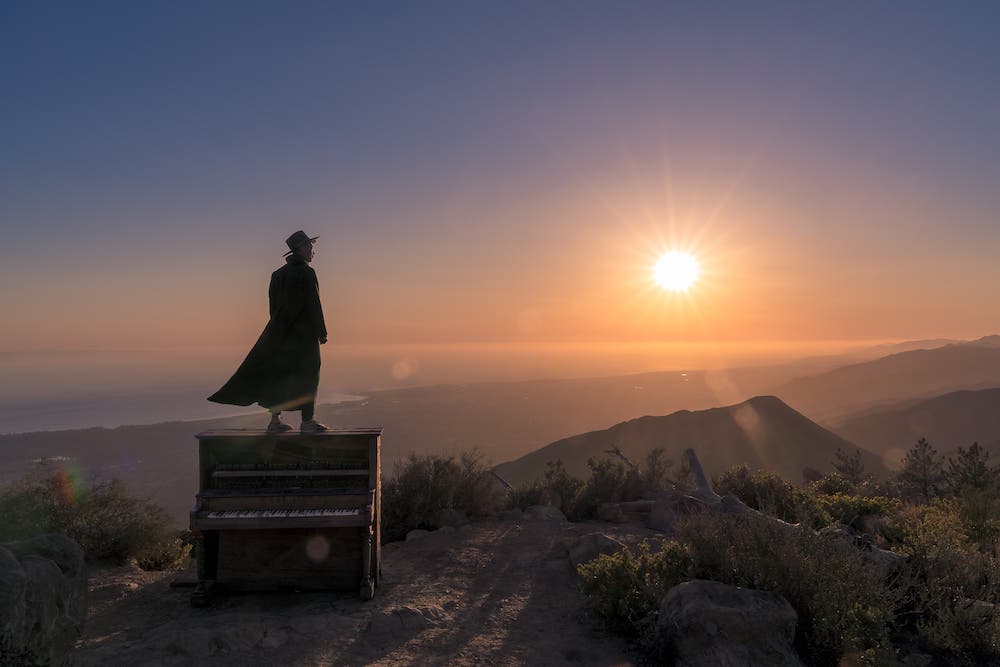
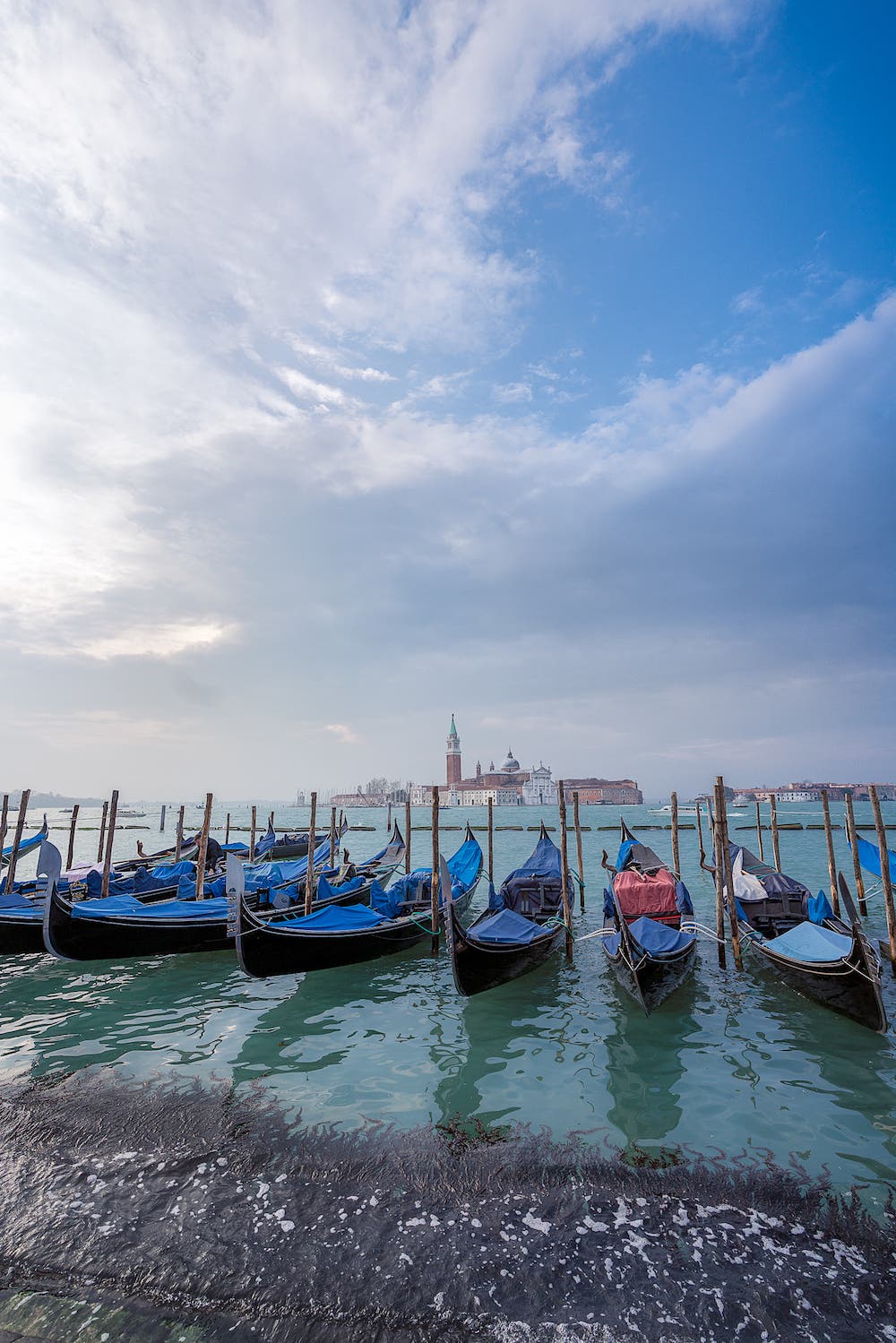
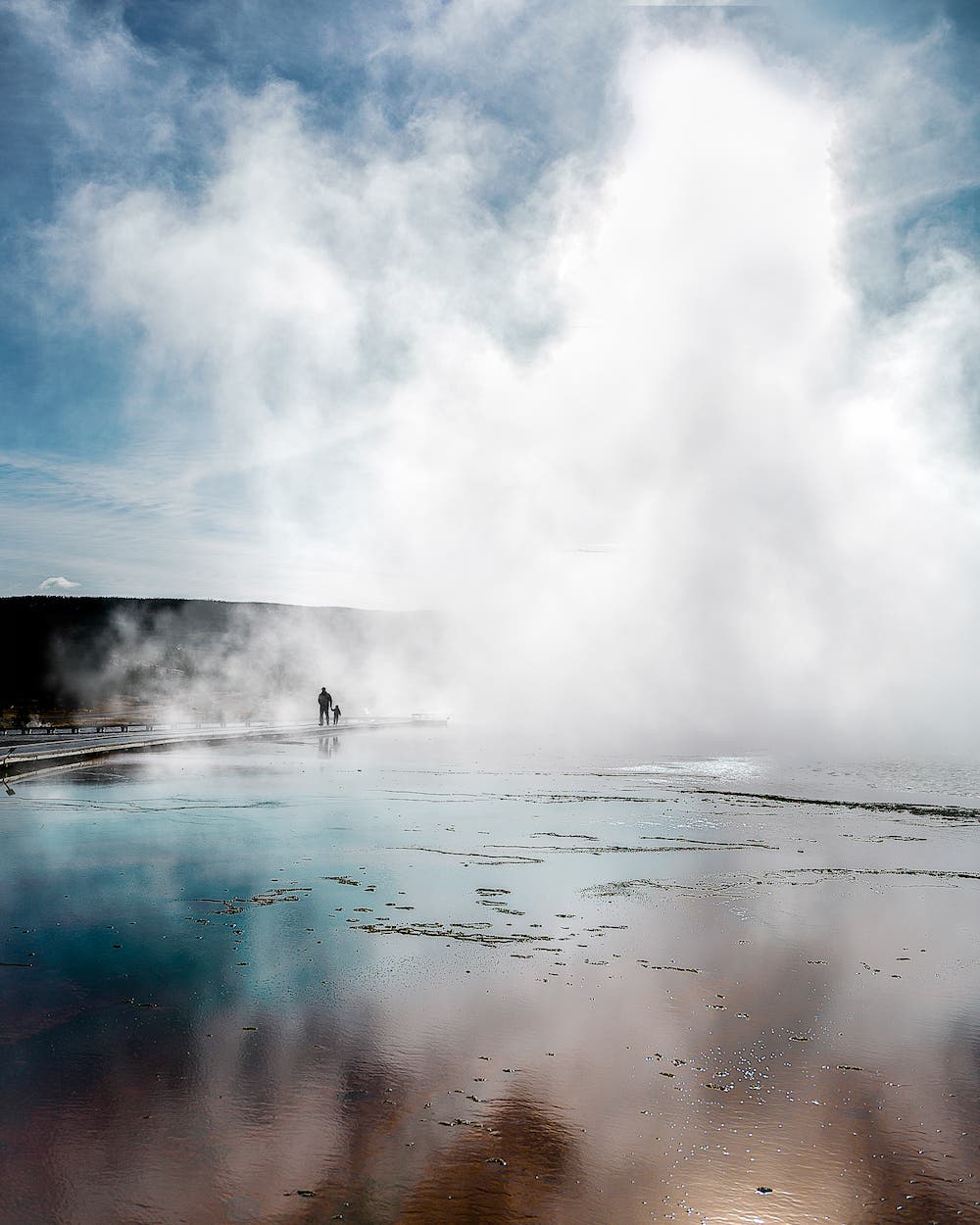
Adorama: When you travel abroad, how do you work to differentiate your images from the usual “tourist snaps” of destinations that have seemingly already been photographed from every angle?
Dyer: If you search through Instagram you could probably find most every subject shot in an array of styles, but I think it will hinder your photography to focus on that. I always tell everyone to just “do you,” whatever that may look like. I don’t go about shooting by thinking how I can be different. I literally walk around with my camera, and if something looks beautiful or makes me feel something, then I shoot it. I tend to shoot from low angles and have learned to embrace things like bad weather or dense fog, because these change the whole mood of the place. I simply shoot scenes that inspire me.
Adorama: What’s your single favorite photo you’ve captured and shared, and can you tell the story behind it?
Dyer: Every moment captured has so much meaning to me. One of my favorite experiences was shooting the tree tunnel near Fort Bragg, California. As Karl and I drove through, we couldn’t see light rays but, as we looked back, it was absolutely magical! The setting was just after a rain and the side of the road had puddles. I shot relatively low, near the water, and that tree tunnel, all full of light, was doubled in the image. It made me feel alive, and such moments are the ones for which I shoot.
Check out Dyer’ full Through the Lens episode below:
